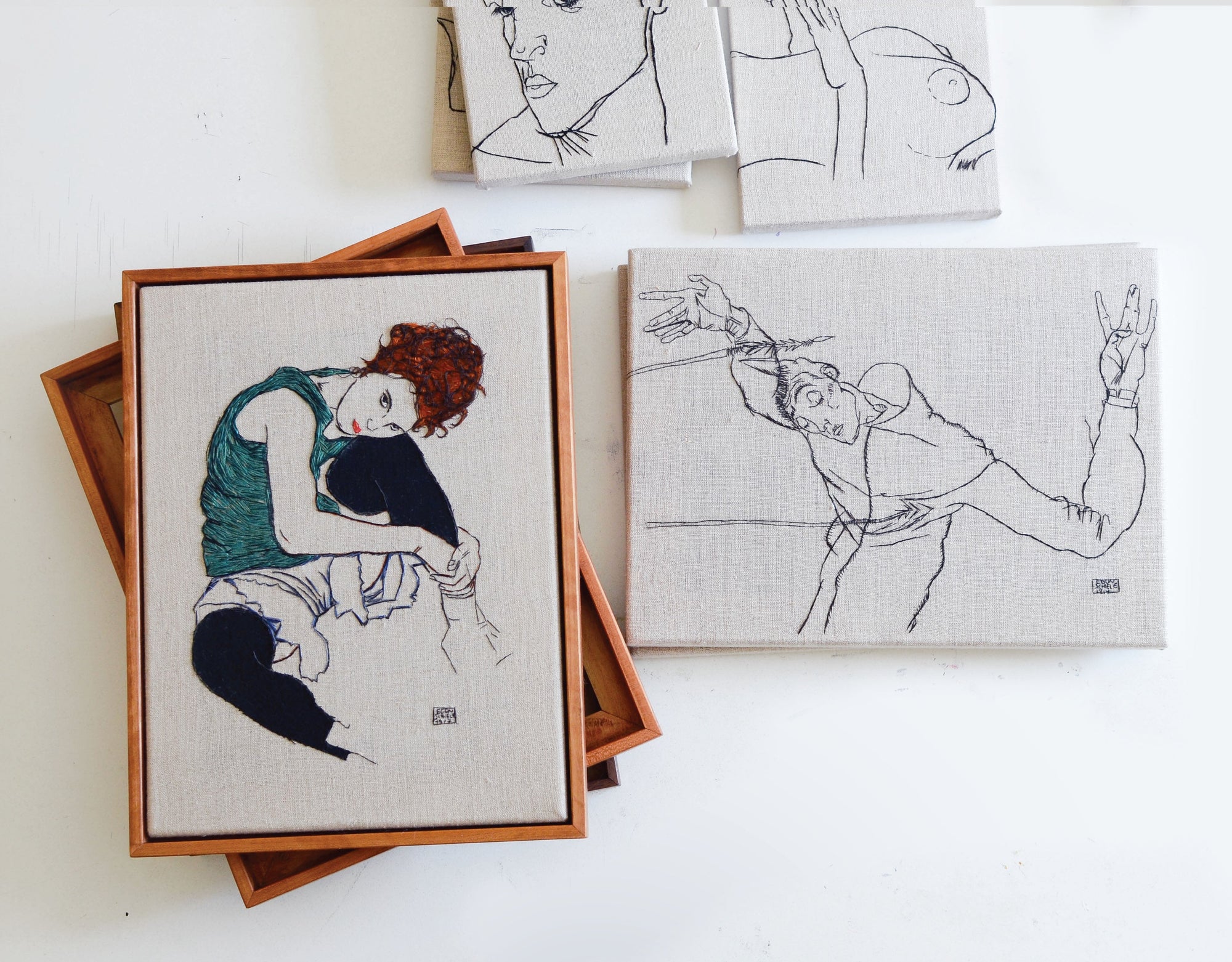We now have more efficient and environmentally friendly options, and LED light bulbs are here to stay. With affordable and advanced technologies like smart bulbs, there is a wide range of options available in the market.
The selection of light bulbs plays an essential role in setting the mood of a space. When replacing the light bulb in your lamp, apart from considering advanced technology options, two basic factors to consider are brightness and temperature.
BRIGHTNESS
When choosing the brightness of a LED bulb, the keyword to focus on is lumens. Lumens are the standard measure of brightness for LED bulbs. The higher the number of lumens, the brighter the bulb will be. Unlike traditional light sources, LEDs can emit the same brightness while using lower wattages. In the past, we used to rely on wattage to determine the brightness of light bulbs, but wattage only measures energy use. In the case of LED lights, higher wattage does not necessarily mean more light. That's why LED lighting is measured in lumens (Lm).
The main factor in determining the number of lumens you need is the type of lighting required for a specific space. When replacing lightbulbs, it is important to consider three basic types of lighting: ambient/mood lighting, ambient/average lighting, and task lighting. To learn more about the three main types of lighting, you can check out our article on "Layering Light."
The chart below can assist you in determining the appropriate number of lumens for your new bulbs.

TEMPERATURE
When selecting light bulbs, it is crucial to take into account the Kelvin (K) measurement. The majority of homes have light bulbs within the 2, 000K to 6, 500K range, which is labeled as "Light Appearance" on the Lighting Facts label.
Please refer to the graphic below for additional guidance.

Note: The colors of this graphic do not accurately represent the actual color of the light.
The color of light significantly affects our emotions and productivity levels. Choosing the right lighting temperature can have a profound impact on our mood and well-being. Warm and diffuse light sources create a cozy and relaxing atmosphere, making them ideal for overall ambient lighting. On the other hand, cold and directional light is more suitable for work-related settings as it promotes concentration.
For our collection of pendant lamps and table lamps, we recommend using soft, warm lights (2, 000 to 3, 000 K) for our collection of pendant lamps and table lamps. These lights create an inviting and comfortable ambiance, making them ideal for bedrooms, dens, and family rooms.
If you have any further questions, please don't hesitate to send us a message. We are here to assist you!
NOTE: While all the electrical components of our lighting fixtures (plug-in cord and ceiling canopy) can be operated with a maximum 60-watt lightbulb, we recommend using LED (light-emitting diodes) bulbs when using our lampshades to prevent overheating.












